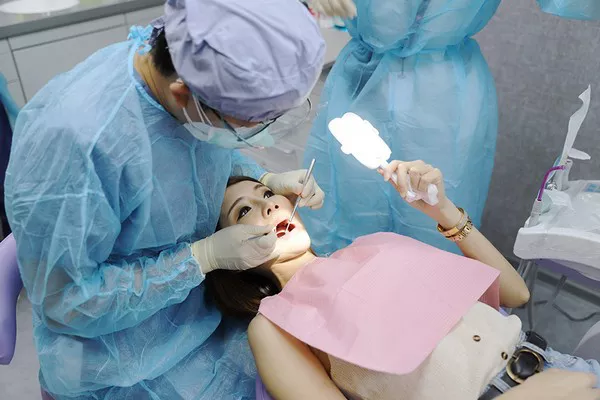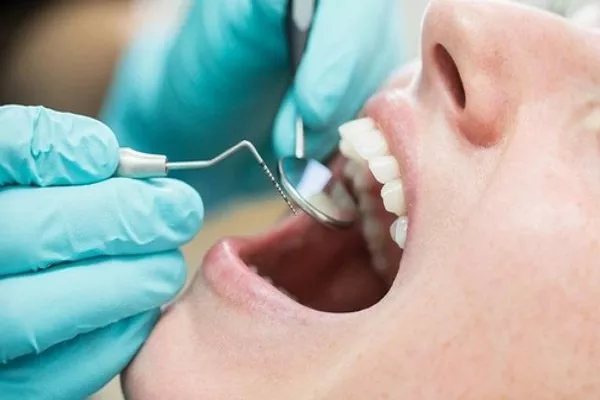Orthodontics, the branch of dentistry that focuses on correcting misaligned teeth and jaws, has become increasingly popular in recent years. While most people seek orthodontic treatment for functional reasons, such as improving their bite or reducing the risk of gum disease, many also wonder whether orthodontics can change the appearance of their face. In this article, we will explore the question: does orthodontics change your face?
What is Orthodontics?
Orthodontics is a dental specialty that focuses on correcting malocclusions, or misaligned teeth and jaws. Orthodontic treatment typically involves the use of braces, clear aligners, or other devices to gradually move the teeth into the correct position. Orthodontic treatment can improve the function of the bite, make it easier to clean the teeth and gums, and improve overall oral health.
How Orthodontics Can Change Your Face
While orthodontic treatment is primarily focused on correcting functional issues, it can also have a noticeable impact on the appearance of the face. Here are some ways that orthodontics can change your face:
- Correcting Overbite or Underbite: A significant overbite or underbite can affect the appearance of the face, causing the chin to appear too small or too large. Orthodontic treatment can correct the alignment of the teeth and jaws, which can improve the overall balance of the face.
- Aligning Crooked Teeth: Crooked teeth can create gaps or unevenness in the smile, which can affect the appearance of the face. Orthodontic treatment can straighten crooked teeth, creating a more uniform and attractive smile.
- Improving Facial Symmetry: Misaligned teeth or jaws can create an asymmetrical appearance in the face. Orthodontic treatment can improve facial symmetry by correcting the alignment of the teeth and jaws, creating a more balanced and proportional appearance.
- Enhancing Lip Support: Misaligned teeth or jaws can affect the position and support of the lips, which can impact the appearance of the face. Orthodontic treatment can improve lip support, creating a fuller and more attractive smile.
Factors that Determine the Impact of Orthodontics on Your Face
While orthodontic treatment can have a noticeable impact on the appearance of the face, the extent of the changes will depend on several factors, including:
- The Severity of the Malocclusion: The more severe the misalignment, the more dramatic the changes are likely to be.
- The Type of Orthodontic Treatment: Different types of orthodontic treatment can have varying effects on the appearance of the face. For example, braces may have a more noticeable impact on the shape of the face than clear aligners.
- The Age of the Patient: Orthodontic treatment is typically more effective in children and teenagers, as their bones and teeth are still developing. However, adults can still benefit from orthodontic treatment, though the changes may be more limited.
- Individual Facial Features: The impact of orthodontic treatment on the appearance of the face will also depend on individual facial features, such as the size and shape of the jaw, nose, and chin.
Potential Risks of Orthodontic Treatment
While orthodontic treatment is generally safe and effective, there are some potential risks to consider. These can include:
- Tooth Decay or Gum Disease: Orthodontic appliances can make it more difficult to clean the teeth and gums, increasing the risk of tooth decay or gum disease. It is important to maintain good oral hygiene habits during orthodontic treatment.
- Discomfort or Pain: Orthodontic treatment can cause discomfort or pain, particularly after adjustments to the appliances.
- Root Resorption: In some cases, orthodontic treatment can cause the roots of the teeth to shorten or dissolve.
Conclusion
In conclusion, orthodontics can have a noticeable impact on the appearance of the face, particularly in correcting malocclusions that affect the alignment of the teeth and jaws. While the extent of the changes will depend on individual factors, including the severity of the malocclusion, the type of orthodontic treatment, and individual facial features, orthodontic treatment can create a more balanced and attractive appearance. However, as with any medical treatment, there are potential risks to consider, including tooth decay or gum disease, discomfort or pain, and root resorption. It is important to discuss these risks with your orthodontist and to maintain good oral hygiene habits throughout treatment to minimize the risk of complications.
Related Topics:































